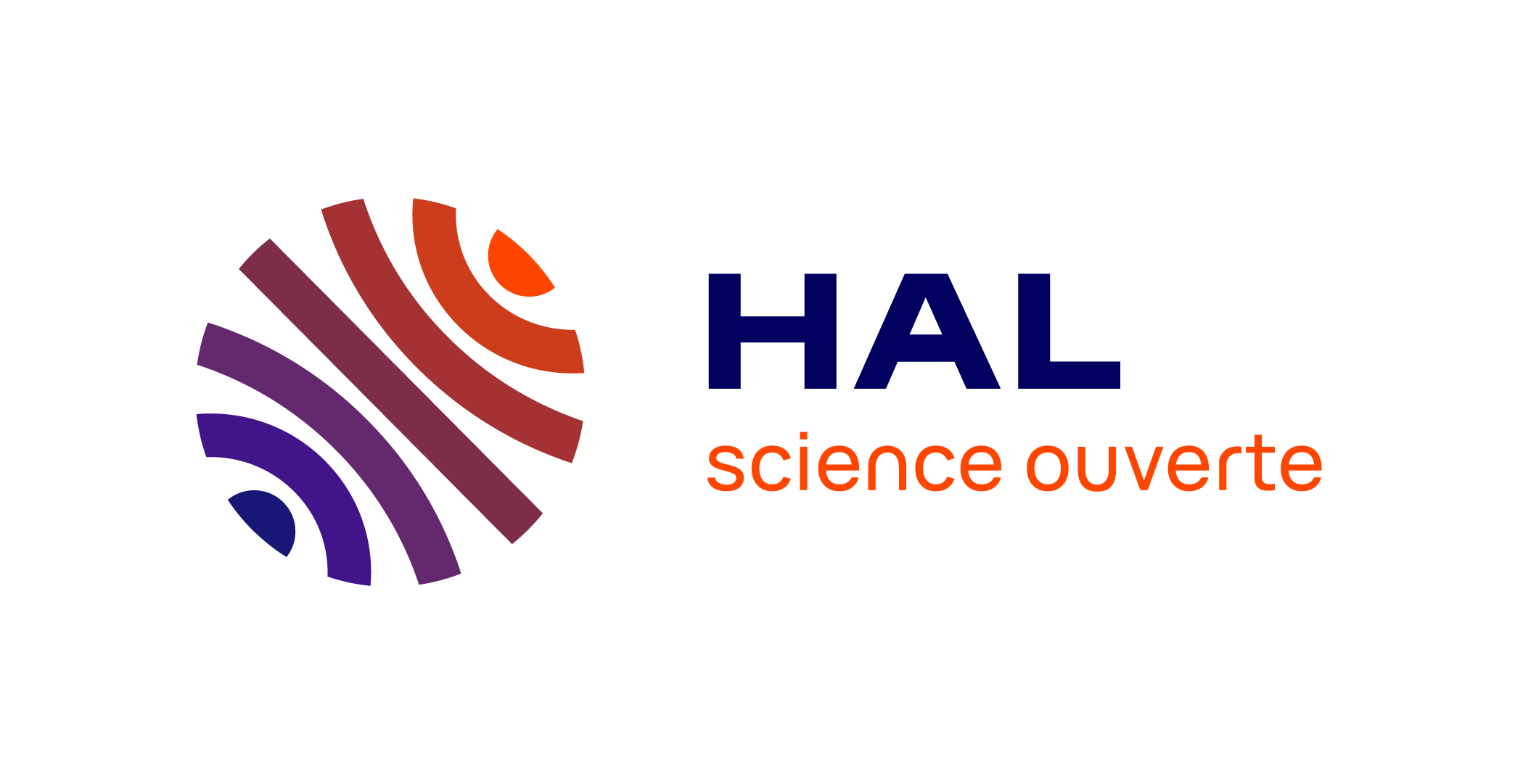Chemo-mechanical modelling of swelling concrete
Résumé
In the context of lifetime extension of nuclear power plants, the french Institut de Radioprotection et de
Sûreté Nucléaire (IRSN) conducts researches to predict the aging of cementitious materials. The present
work is focusing on the impact at the mesoscale of the chemical sulfate attacks on the overall material
properties. The sulfate attacks are characterized by the ettringite precipitation that induces great pressure
in the porous cement paste. The effect of the local swelling of cement paste on concrete, conducts some
cracking by differential deformation. These cracks become preferred loci for ions diffusion and further
ettringite precipitations. These strongly coupled phenomena suggest a non-linear chemo-mechanical
modelling where diffusion, precipitation, pressurization and crack process should be simultaneously
involved:
1. Species diffusion: diffusion is modeled by Fick’s law in a cracked porous medium [1] [2];
2. Chemical reactions: knowing species concentrations in solution, different types of reactions such
as aqueous, solid and sorption reactions [3] are modelled in order to estimate the amount of ettringite
volume;
3. Mechanical: knowing the created solid volume, a local pressure is calculated in the poro-mechanical
model and in the cracks. The crack initiation, propagation and pressurization are based on a dedicated
Cohesive Zone Model [4].
The presented applications will focus on the impact of material properties, such as matrix composition,
on strain kinetics. The impact of the clinker composition is estimated by a dedicated hydration computing
within an analytical homogenization framework.
REFERENCES
[1] J.M. Segura and I. Carol. On zero-thickness interface elements for diffusion problems. International
Journal for Numerical and Analytical Methods in Geomechanics, 28:947 – 962, 2004.
[2] L. Bichet. Taking into account the transport mechanisms in the fracture of heterogeneous materials:
application to the nuclear power plant aging. PhD thesis, Univ. Montpellier II, 2017.
[3] C. de Dieuleveult, J. Erhel, and M. Kern. A global strategy for solving reactive transport equations.
Journal of Computational Physics, 228:6395 – 6410, 2009.
[4] F. Perales, S. Bourgeois, A. Chrysochoos, and Y. Monerie. Two field multibody method for periodic
homogenization in fracture mechanics of non linear heterogeneous materials. Engineering Fracture
Mechanics, 75:3378 – 3398, 2008.


